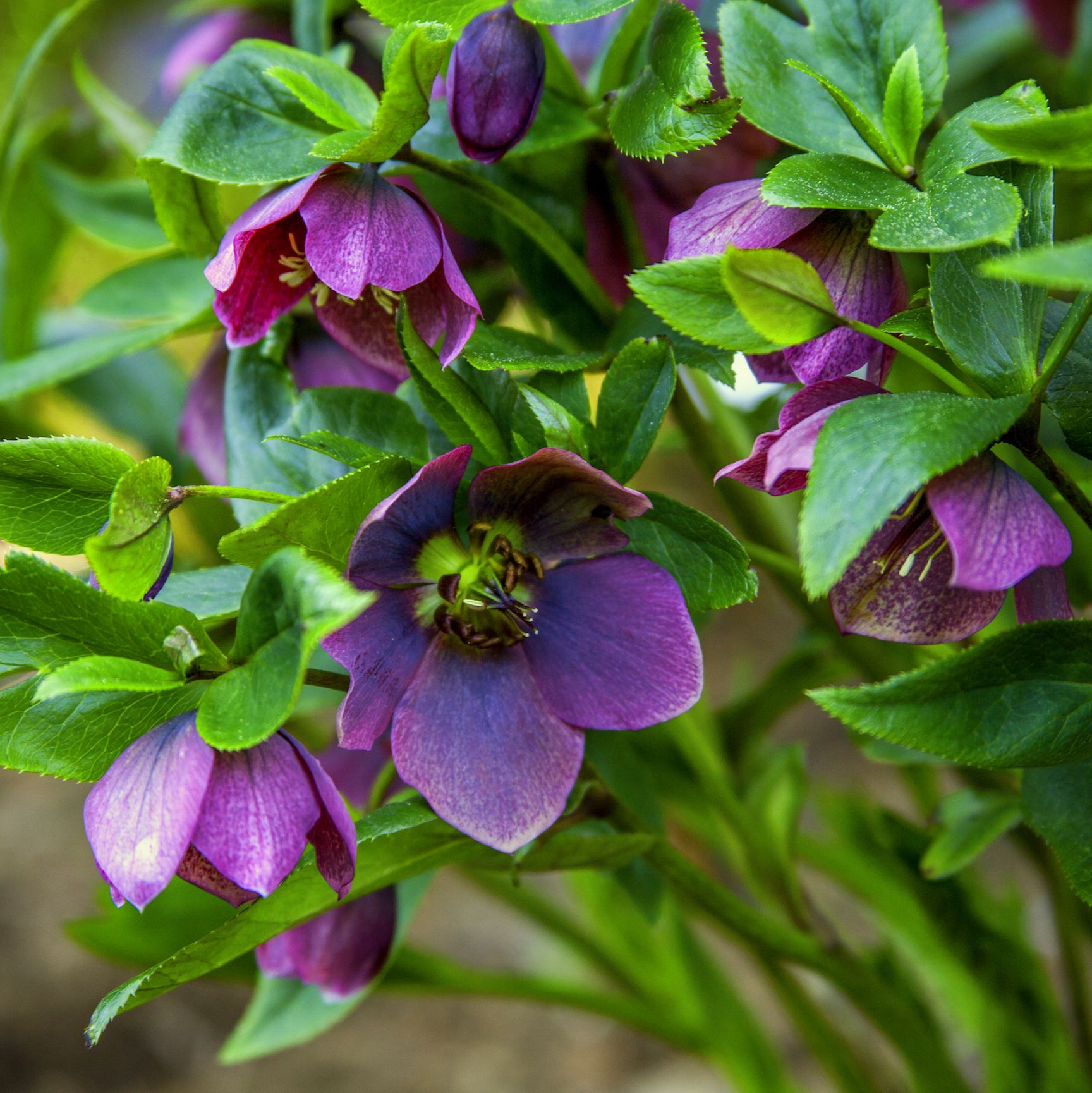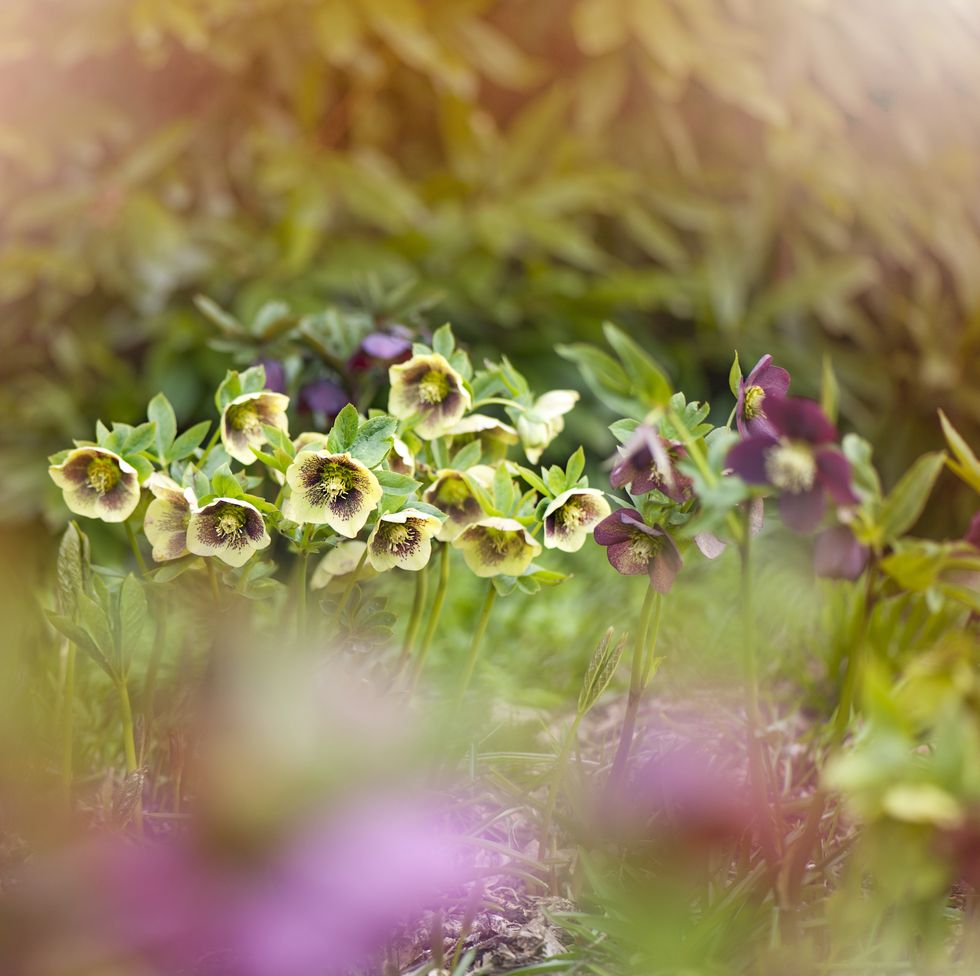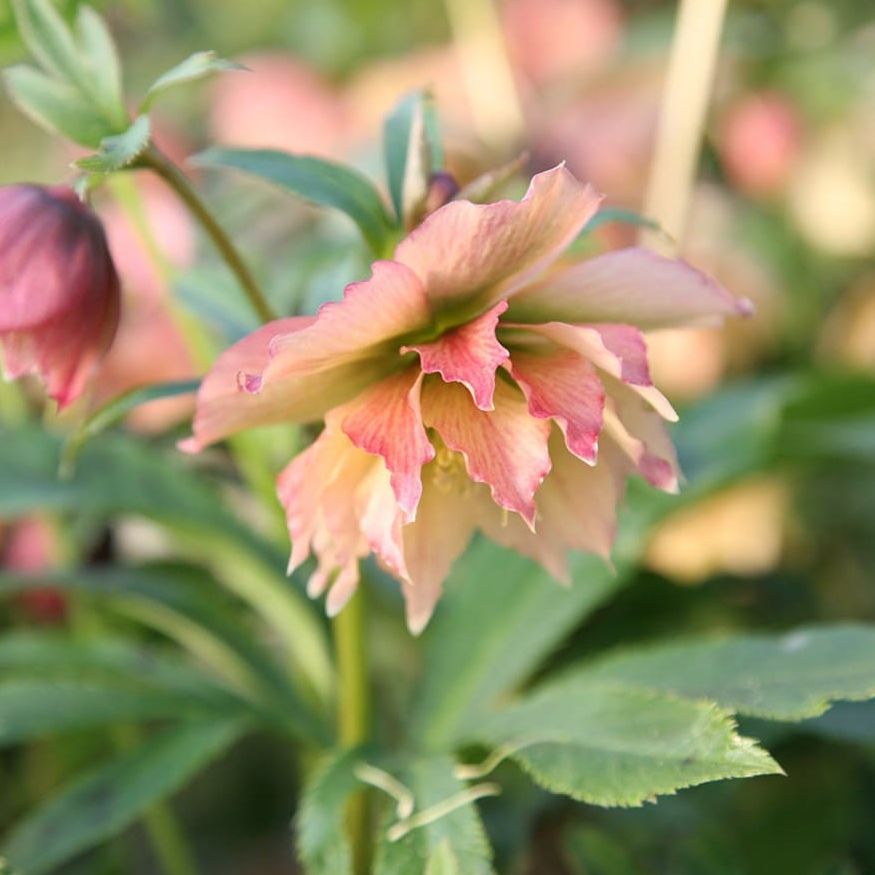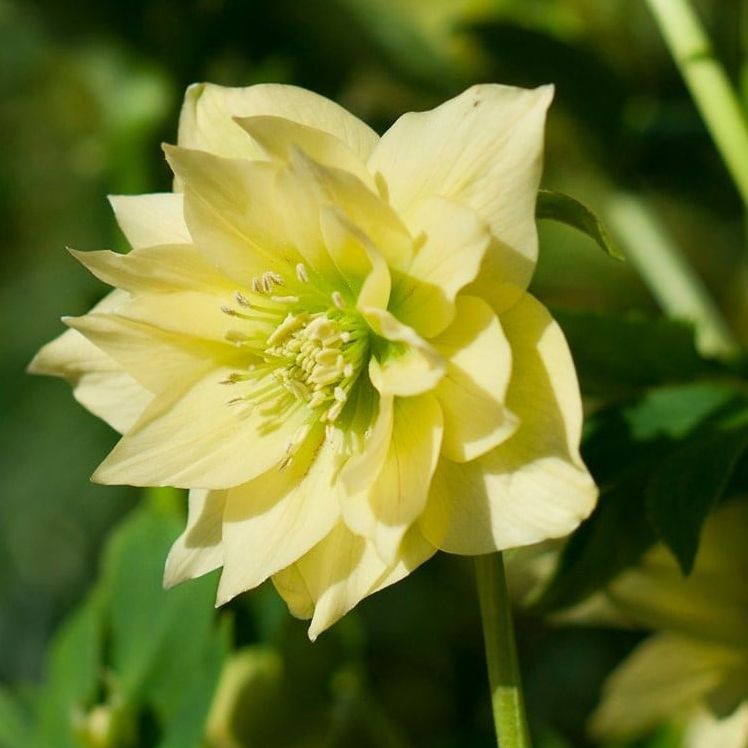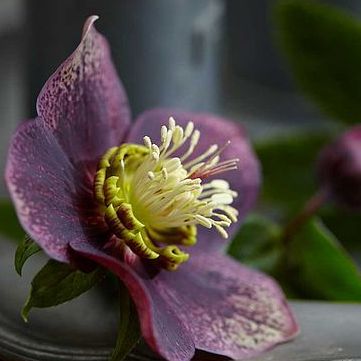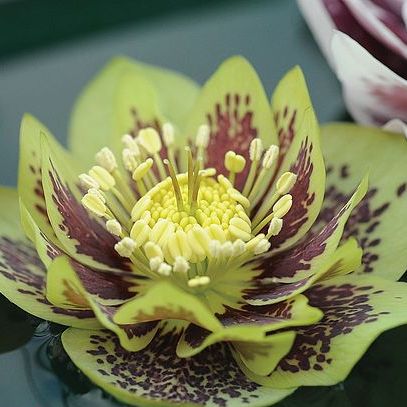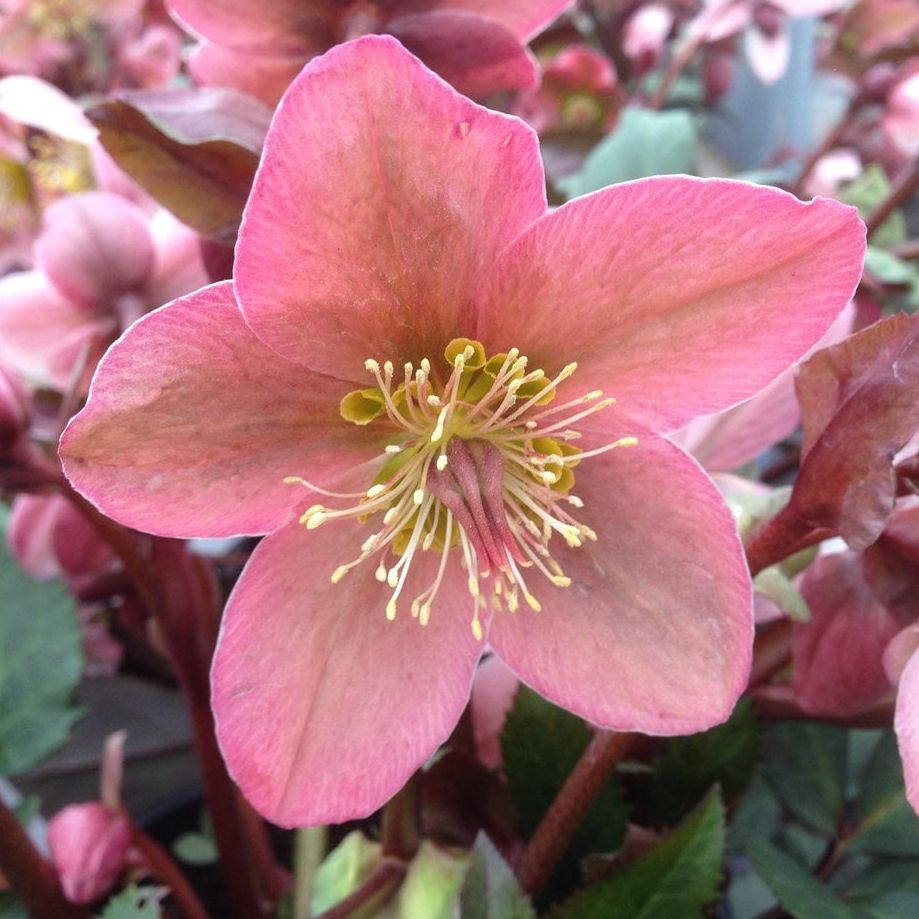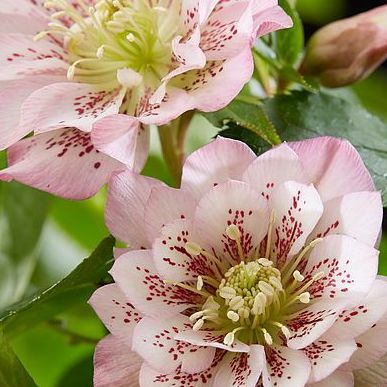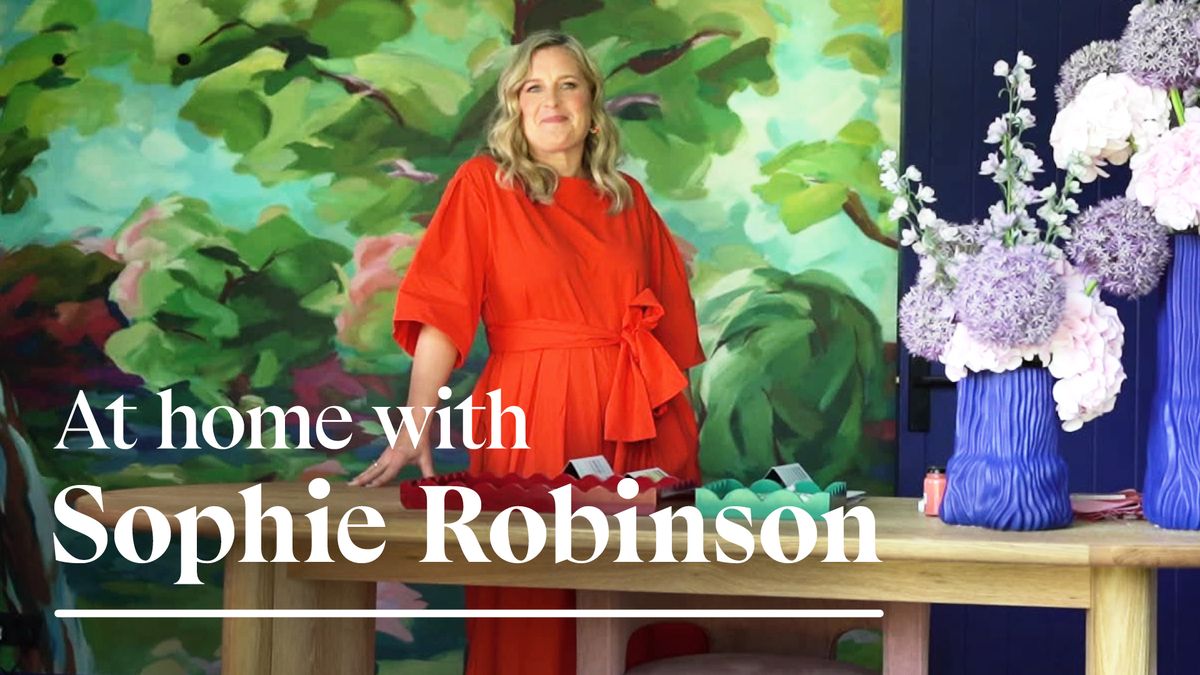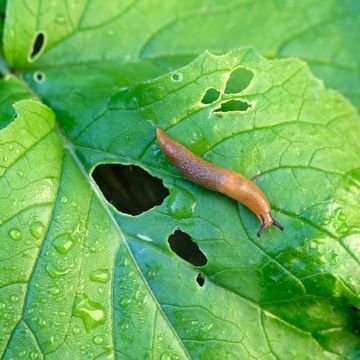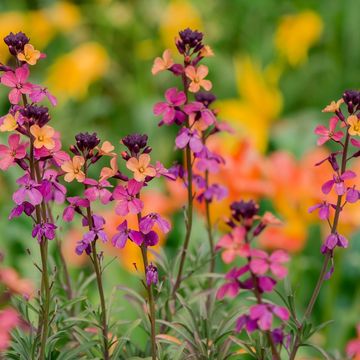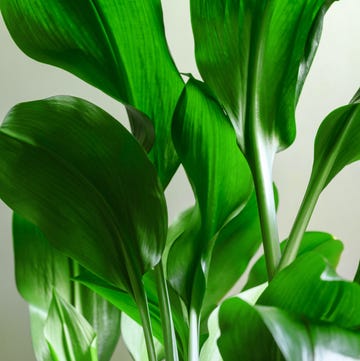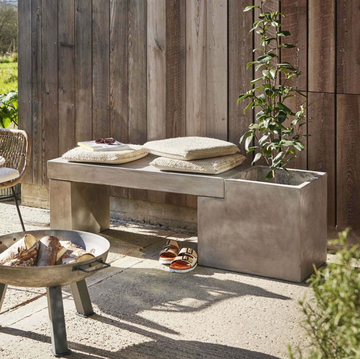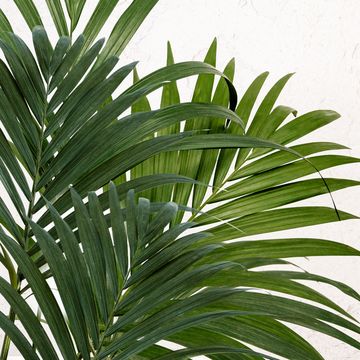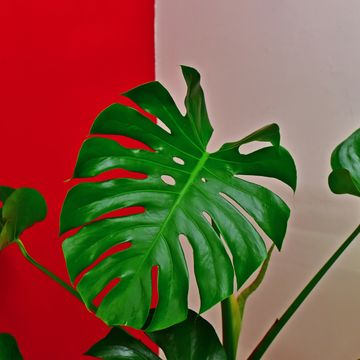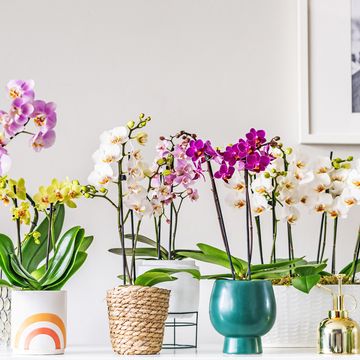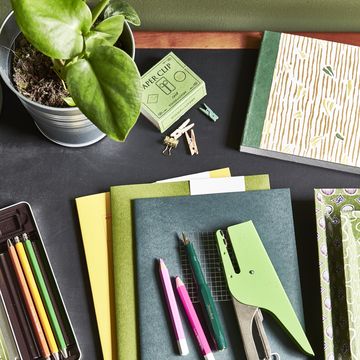Seemingly unperturbed by anything the weather may throw at them, hellebores unfurl from their deeply divided evergreen leaves in shades that range from purest white, through yellows, pinks and reds, to dramatic dark purple and black.
These perennial plants are also varied in other ways, coming in single colours, bi-colours, spotted and freckled as well as single, double and semi-double blooms. Your choice really comes down to the kind of soil and garden you have, and how you want the display to look.
The white and yellow flowers are the most visible when planted in shade; large, bi-coloured doubles create an extravagant show; while doubles derived from Helleborus torquatus are ideal for windy, exposed positions as they tend to be short. Green hellebores will help to blend and unite a mix of brighter colours.
When to plant hellebores
You should plant hellebores from autumn to spring as the plants become available. The RHS advises to avoid planting during the dry summer months.
Hellebores in the garden
• Hellebores prefer deep soil, moist but not waterlogged; they also do very well in clay. Improve light soils with garden compost and leaf mould.
• They thrive in a cool, semi-shaded position provided by a house or garden wall, or when shaded by shrubs and small trees.
• Hellebores niger (Christmas Rose) is perfect for a winter border. This semi-evergreen perennial features leathery, dark green leaves and white or pale pink bowl-shaped flowers.
• Remove all the old foliage on your hellebores around Christmas time – the leaves can look tatty beyond a certain point and any black spot may be passed on to new foliage – but you can leave a few healthy leaves to frame the flowers.
Hellebores in pots
• Hellebores develop an extensive root system, and require a large pot to allow for growth as well as space for any additional plants you might want to put with them – ivy, grasses or spring bulbs, for instance.
• Plant the hellebores in a gritty soil-based compost and mulch with gravel. Move pots into prime position close to the house when they're in flower.
• Don't neglect them once they've finished flowering. If you tuck them away, remember that they'll need regular water and liquid feed throughout the summer if they're to continue to thrive.
• Consider positioning – stand your potted hellebores in dappled shade when they're not on display.
